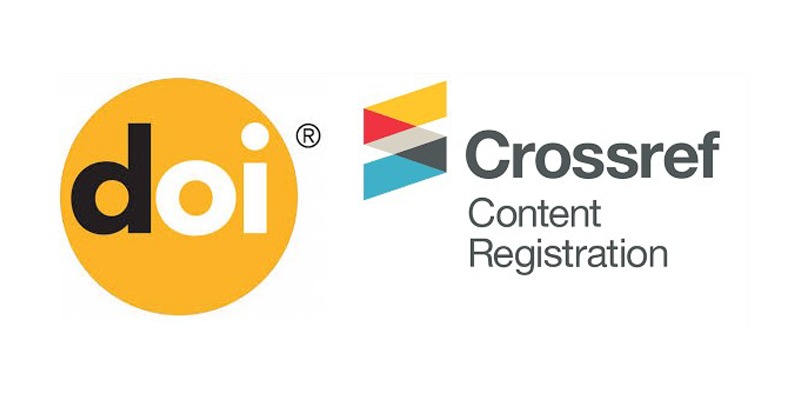Analysis of tourist potential of the Abay region
Views: 241 / PDF downloads: 295
DOI:
https://doi.org/10.32523/2789-4320-2024-1-437-454Keywords:
tourism, recreation, educational tourism, cultural tourism, regional tourism, natural resource potential, tourism potentialAbstract
The article discusses tourism opportunities and ways to identify and use the tourism potential of the Abay region, information about their improvement. The tourism industry is part of the country's economy, determining the socio-economic development of the republic based on the use of recreational resources. Today, large-scale work is being carried out in Kazakhstan to reform tourism and the tourism business development strategy. The problem of sustainable and social development of tourism has been and remains relevant throughout the entire historical development of the Republic of Kazakhstan. The development of tourism helps to improve the socio-economic situation of the region: the development of entrepreneurship, earnings, jobs, thereby reducing poverty. The geographical location of the Abay region, analysis of features and development, tourist factors and competitive advantages of the region are given. The article examines the main types of tourism in the Abay region, and also analyzes the main indicators of tourism development in this region and the current situation. A SWOT analysis of the tourism potential of the Abay region was carried out: the strengths and weaknesses of tourism, as well as the opportunities and threats of the region were shown. Factors hindering the development of inbound and outbound tourism and factors that positively influence the development of tourism in the Abay region have been identified. The article examines the main types of tourism in the Abay region, and also offers an analysis of the main indicators of tourism development in this region and the current situation.
Downloads
Downloads
Published
How to Cite
Issue
Section
License
Copyright (c) 2024 С Рустемова, А. Жакупов

This work is licensed under a Creative Commons Attribution-NonCommercial 4.0 International License.






